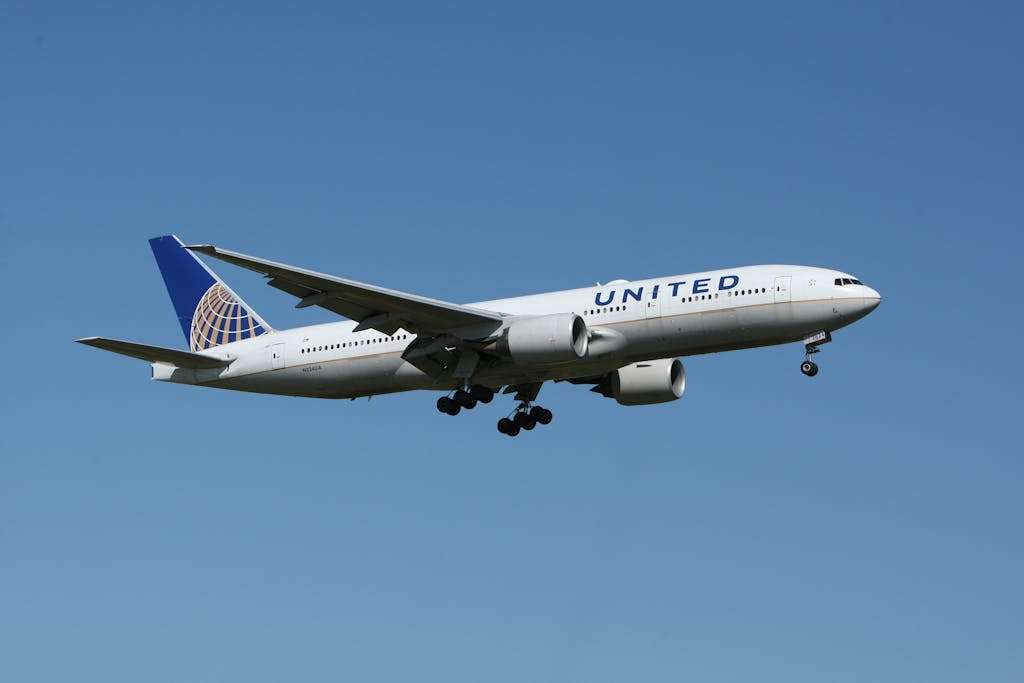United Airlines Flight UA770 Emergency Diversion: A Suspenseful Glance at a Mid-Air Crisis

In the wide-open skies where commercial airliners soar with efficiency and predictability, now and then arrives a flight that reminds us just how uncertain flight can be. Such an event—United Airlines Flight UA770 emergency diversion—made what started as an ordinary domestic flight a harrowing and unforgettable experience for all who were on board.
This wasn’t an above-the-fold headline. It was a living experiment in aviation readiness, human psychology, and the tenuous relationship between technology and trust at 30,000 feet.
A Routine Takeoff, a Surprise Turn
On what appeared to be a typical day, UA770 took off from Chicago O’Hare bound for the glitter of Los Angeles. Passengers were buckled in, some already asleep, others scrolling through in-flight amenities or ordering coffee. But roughly an hour into the cruise, a warning in the cockpit indicated a potential mechanical problem—one which could not be overlooked.
The pilots, conditioned to act on even the slightest irregularities, started going over checklists and discussing with air traffic control. While the cabin was serene at the surface level, a chain of quick decisions was taking place in the background.
The Swift Decision to Divert
With the uncertainty of the air, time and judgment became precious commodities. Having studied the situation and getting input from their airline operations center, the flight crew decided to divert the aircraft to Denver International Airport. Safety, as ever, was the prime mover.
Initially, most passengers did not realize that the plane was being diverted. But when the plane started descending and announcements were made more regularly, reality dawned. This was no ordinary route realignment—this was an emergency landing, carried out with placid professionalism.
A Cabin Full of Emotions
From hushed worries to open-mouthed stares, the atmosphere in the cabin changed. Some passengers gripped armrests, others tried to breathe in deeply, attempting to remain calm. But most remarkable was the unshakeable calmness of the cabin crew.
Flight attendants went about their work methodically, calming passengers, answering queries, and preparing the cabin for landing in silence. That mix of compassion and professionalism made all the difference in preventing panic.
As they touched down, a sigh of relief swept the plane. Applause erupted—not out of protocol, but because of sincere appreciation. The worst was over.
Behind the Scenes: Safety Protocols in Action
What most might not be aware of is how thoroughly rehearsed and detailed the emergency response procedures are in the air transport sector. The crew went through a serious sequence of steps as soon as the alert flashed: system condition assessment, flight rerouting, alerting control towers, and briefing passengers on potential turbulence or emergency landing.
On the ground, emergency crews were already standing by, prepared to provide help if necessary. Such flawless coordination among flight personnel, ground personnel, and emergency services is what makes contemporary air travel so remarkably robust—even under duress.
What Went Wrong in United Airlines Flight UA770 Emergency Diversion?
While preliminary reports indicated a mechanical failure, probes are being conducted to identify precisely which system failed. Aviation experts say that mechanical faults remain one of the top reasons for emergency diversions, even with aircraft technology more and more sophisticated.
Thankfully, discovery of the issue early and prompt action prevented the incident from spiraling out of control. That choice—to return to Denver instead of risking further flight—was not just rational but also saved lives.
Expert Takeaways: Why Diversions Matter
Aviation professionals were quick to comment on United Airlines Flight UA770 emergency diversion. Most applauded the crew for taking firm action and emphasized the need for ongoing simulator training and fresh safety drills.
“Diversions aren’t failures,” said one professional. “They’re the system working as intended—detecting trouble early on and taking risk out of the picture.”
With advanced systems and increasing data-driven decision-making in the cockpit, however, there is still a need for human factors—staying cool under pressure.
Social Responses and Passenger Reflections
Passengers recounted their experiences on social media in the hours following the incident. Some posted videos of the descent, but others merely commented on the professionalism of the crew.
It’s apparent this flight made an impression—not one of fear, but respect. For the airline business, these kinds of incidents trigger deeper examinations, not only of the mechanical issue, but of communications planning, crisis handling, and treating passengers in times of crisis.
Lessons from the Sky: What We Can All Learn
The United Airlines Flight UA770’s emergency diversion presents valuable lessons—not simply for members of the aviation community but for all travellers:
Remain vigilant, yet peaceful. Trust the system. Pilots and crews are trained for exactly such times.
Be aware of basics. A brief look at your seatback card and awareness of the exits can save a whole lot of trouble.
Respect the crew. Behind each soothing announcement lies a web of decisions and actions to keep you safe.
Final Thoughts
United Airlines Flight UA770’s diversion is a reminder that even though flying is incredibly safe, it is also a sophisticated ballet of technology, training, and faith. Such things don’t challenge machines so much as they challenge people.
And in this instance, from flight deck to cabin, the people all passed with flying colors.
Also Read – Poorvika Mobiles Gul






